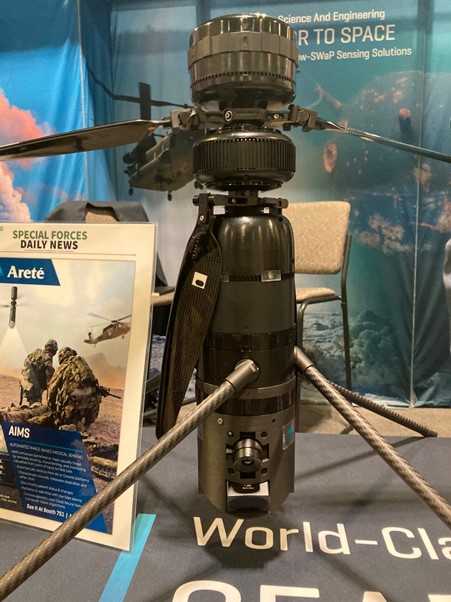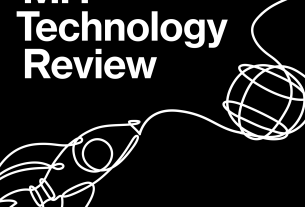The use of a drone to assess the medical situation was also tested in a military exercise with several thousand participants in the USA. The drone must collect medical information in the field. The goal is to quickly find the wounded and determine their condition.
Announcement
On the one hand it concerns their local position and also the information whether they are sitting, standing or lying down. The drone should also determine and monitor the type and severity of injuries and various vital signs of the casualty (respiration, blood pressure, heart rate). The data can enable remote medical assessment and triage.
VISTA technology
The drone is equipped with VISTA (Vision and Intelligence Systems for Medical Teaming Applications) technology and, after 4 years of development, has now been used for the first time in a field exercise together with medical personnel. The system has been tested with the 294th Medical Company Area Support (MCAS). This unit has a medical care team that works on site (when necessary) on injured people and implements life-saving measures.
VISTA is based on an automated image-based medical detection system (AIMS) previously developed by the US Army and Areté company. The AIMS is intended to be used in battlefield triage or in locations with mass casualties. The system uses the drone’s camera, complemented by computer vision and integrated medical sensor software, to recognize human victims and assess their situation.
AIMS has 5 functions: recognizing people, their position, measuring various vital signs, recognizing visible wounds and characterizing these wounds, monitoring and documenting the injured person from the site of the injury to the point of care.
The drone measures heart rate using photoplethysmography
Announcement
Heart and respiratory rates can be measured through the skin using photoplethysmography (PPG). In PPG, the drone sends infrared light to the skin and at the same time measures the amount of light reflected by the skin. Many wearable devices also use PPG.
According to Areté, several neural networks were trained and their performance was combined with advanced signal processing. Consequently, with a low false positive rate, even weak signals can be evaluated. The system has been successfully tested on people wearing body armor, such as soldiers. It can scan people and their vital signs at a distance of between 10 and 50 meters.
AIMS sensors can be connected to different types of vehicles (unmanned), drones and cameras. In the VISTA project, which has not yet been completed, it is intended to further improve the detection of signals from injured people. The now conducted field exercise intends to integrate the experiences of medical personnel and their feedback on the use of drones into further development.
The use of the drone with the new system occurred during exercise Northern Strike 23-2. The drone’s medical capabilities were intended to showcase its potential for “wider use in disaster response scenarios” in collaboration with medics.

The AIMS system developed by Arete can be used by any camera. In trials in 2021, it was demonstrated on a SPIRIT coaxial drone from Ascent Aerosystems.
(Image: Tamir Eshel)
As early as 2021, Areté demonstrated the capability of AIMS sensors for the first time in a field test and received the so-called TRL-6 readiness level. The level of technological preparation 6 (PDF) means the technology has been demonstrated as a prototype system in a relevant operating environment. Also involved in the development of the medical drone are the Iowa Medical Company and the Army Medical Research and Development Command’s Telemedicine and Advanced Technology Research Center (TATRC).
(mac)




